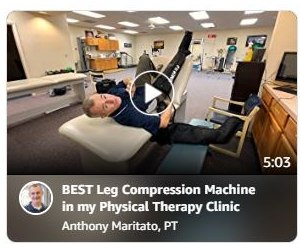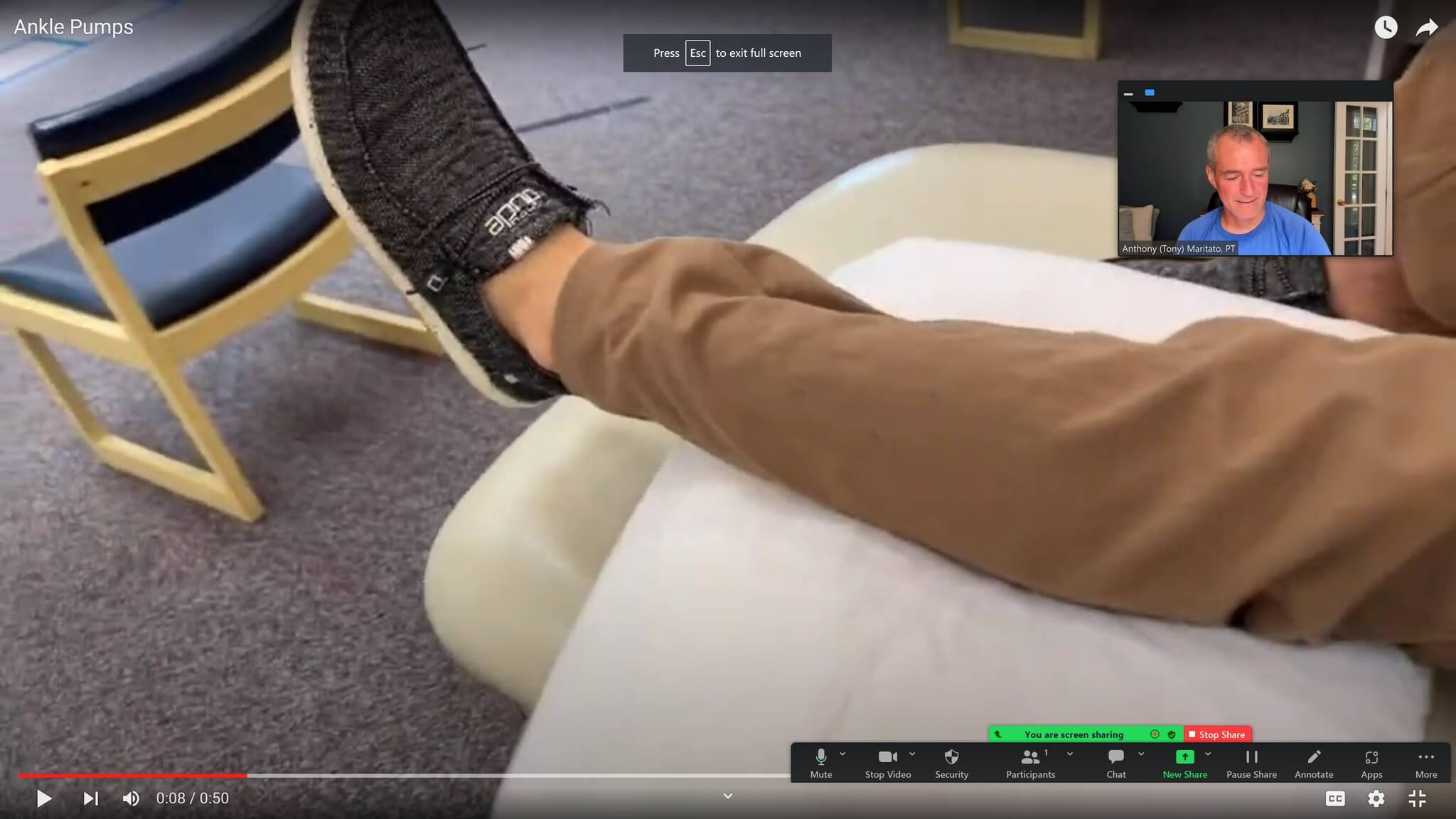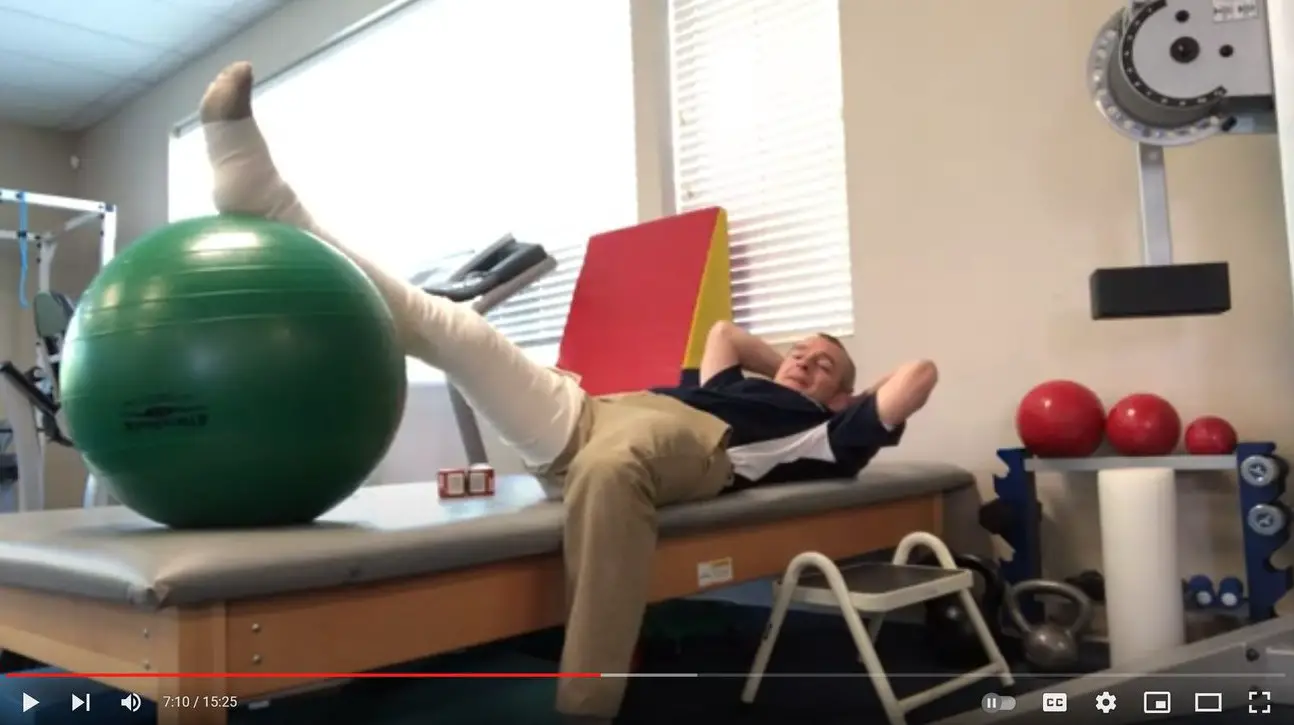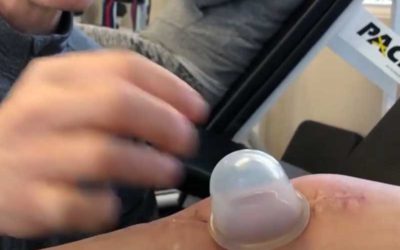Best Ankle Pumps Exercise [Video] 3 Tips After Total Knee Replacement Surgery
What are ankle pumps?
Ankle pumps are a simple and effective exercise for post-surgery recovery and sedentary lifestyles after knee replacement surgery.
Ankle pumps, as the name suggests, are simple exercises involving the rhythmic flexing and extending of the ankle, similar to the action of a pump. They are typically recommended for individuals who have undergone surgeries involving the hip, knee, or ankle. These exercises are crucial for maintaining mobility, enhancing blood circulation, and reducing the risk of deep vein thrombosis (DVT).
Performing ankle pumps is easy and doesn’t require any specific equipment. The participant is usually seated comfortably with their legs elevated on a cushion, or resting on a bed. The exercise involves flexing (pointing the toes up towards the head) and extending (pointing the toes down) the ankle, which creates a pumping action. This pumping motion stimulates the muscles in the calf and foot, promoting better circulation.
Notably, for ankle pumps to effectively reduce swelling, it’s recommended to perform these exercises while the leg is elevated above the heart level. This allows gravity to assist in reducing excess fluid in the lower extremities.
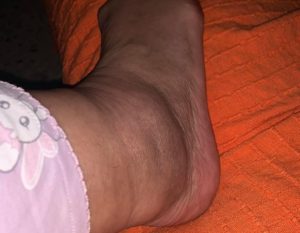
In addition, ankle pumps aren’t just for post-surgery patients. In our increasingly sedentary lifestyles, where many of us find ourselves sitting for extended periods, regularly performing ankle pumps can offer significant health benefits. These benefits range from preventing blood clots to reducing the discomfort and swelling associated with long periods of immobility.
To better understand how to correctly perform ankle pumps, especially in the context of recovery from a total knee replacement, watch the instructional video below.
By incorporating the keyword “Ankle Pumps” more frequently in a natural way, and by expanding on the benefits and uses of the exercise, you can enhance your article’s SEO while providing valuable information to your readers.
Why are ankle pumps important following a total knee replacement surgery?
Immediately after a total knee replacement, patients tend to experience a significant reduction in their normal activity levels, often resulting in prolonged periods of sitting or lying down. This decreased mobility can lead to the development of excess swelling, or edema, in the lower leg and foot.
In such scenarios, the practice of ankle pumps becomes particularly beneficial. This simple exercise aids both the venous and lymphatic systems in effectively returning fluid from the lower extremity back into the body’s circulatory system. It’s a proactive measure to combat the unwanted effects of reduced mobility, which include edema and the potential risk of deep vein thrombosis.
Furthermore, it’s not uncommon for patients to feel dizzy or lightheaded in the initial days following knee replacement surgery. The mechanism of ankle pumps not only ensures safety but can also actively mitigate the risk of blood pooling in the lower legs, thereby minimizing these postoperative symptoms. Therefore, integrating ankle pumps into your recovery routine offers a safe and efficient way to expedite your post-surgery healing process.
How do Ankle Pumps Reduce Swelling?
Ankle pump exercises play a crucial role post-total knee replacement surgery. They leverage the functionality of calf muscles to aid in the circulation of blood back towards the heart. The mechanics of these exercises involve muscle contractions that act like a pump, stimulating blood vessels and lymphatic vessels. These contractions help propel blood and other fluids through a network of venous valves. (Source)
These exercises serve multiple purposes, particularly in reducing the risks associated with extended periods of immobility:
- Decreasing lower extremity edema
- Reducing the risk of deep vein thrombosis (DVT)
- Preventing deconditioning
| Exercise | Benefits |
|---|---|
| Ankle Pumps |
|
How many ankle pumps should you do a day?
While there is no exact number, ankle pumps are the kind of exercise I typically recommend a patient perform every hour that the patient has been sitting or laying without getting up and standing or walking.
The muscles of the lower leg are relatively high endurance muscles and should not experience and soreness or fatigue doing ankle pump exercises 30 times an hour every hour.
How often should you do ankle pumps after knee surgery?
Ankle pumps should be performed every hour you have spent without standing or walking. If you are drinking adequate levels of water you will likely need to use the bathroom every 2 to 3 hours. This and other episodes of standing/walking would qualify as an alternative to ankle pumps for that hour.
When performing ankle pumps one study suggested that 30 repetitions in a minute were better than 3 repetitions in a minute. Source Link
When can you stop doing ankle pumps?
If you are walking more and finding yourself spending more time on your feet during the day, walking and standing accomplish more than ankle pumps and you may start to reduce your frequency of performing ankle pumps.
If you purchase or own a pedometer, this can be a great way to track steps during the day.
| 30-Ankle Pumps per Hour x12 Hours | 360 Ankle Pumps a Day |
| Walking 50-feet = 30 steps | 12 Laps of 50 feet a day = 360 steps |
Should ankle pumps be painful or cause cramping?
No, ankle pumps should never be painful or cause cramping. If you find that pointing your toe while you extend your ankle becomes painful, please call your surgeon’s office or physical therapist. You may be experiencing possible signs of a blood clot.
If you experience cramping while pointing your toe and extending your ankle, you may be dehydrated or your electrolytes may be out of balance.
In both cases, it is recommended you seek a professional assessment.
Tips #1: Elevate the Heel
To avoid rubbing your heel on the bed or couch surface I recommend placing a small pillow or towel roll under your calf muscle.
Tip #2: Elevate the leg During Ankle Pumps
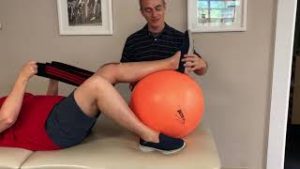 To improve the effectiveness of ankle pumps in reducing edema, I recommend elevating the lower end of the leg to above the level of your heart. In the image below you can see how we are using a physioball in the clinic. At home, you may choose to use a stack of pillows.
To improve the effectiveness of ankle pumps in reducing edema, I recommend elevating the lower end of the leg to above the level of your heart. In the image below you can see how we are using a physioball in the clinic. At home, you may choose to use a stack of pillows.
Tip #3: Compression Wrap with Elevation and Ankle Pumps
My favorite of the three tips is to add a log ACE Wrap compression bandage to the elevation and ankle pump exercise. This is really helpful for anyone who has significant lymphedema or pre-existing edema issues.
Cupping Therapy After Total Knee Replacement
Although the risk of major medical complications attributed to cupping therapy is low, the efficacy of cupping therapy is poorly associated with post surgical care and total knee replacement scar tissue mobilization.Cupping Therapy Research As of March 21, 2022 a...
Do physical therapists make house calls?
Do physical therapists make house calls? Find the answer to this and questions like: How much does physical therapy cost? Will a physical therapist come to my office? What is MobilePT?
Return to Work After Knee Replacement Surgery
When can I return to work after knee replacement surgery? For most administrative jobs, a 6-week timeframe to return to work after knee replacement surgery is recommended. For occupations that require prolonged standing, walking, climbing or crawling a 12+ week...

